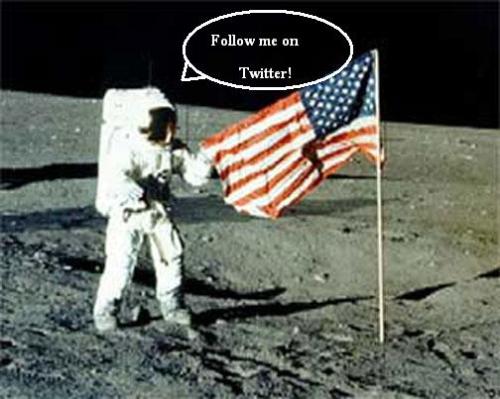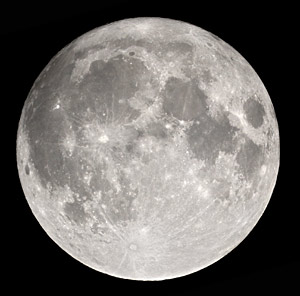The big space news in the last couple of days has been the discovery of water on the surface of the moon, which I think is pretty freaking cool:
NASA scientists have discovered water molecules in the polar regions of the Moon. Instruments aboard three separate spacecraft revealed water molecules in amounts that are greater than predicted, but still relatively small. Hydroxyl, a molecule consisting of one oxygen atom and one hydrogen atom, also was found in the lunar soil. The findings were published in Thursday’s edition of the journal Science.

People are saying that this makes colonizing the Moon more of a possibility because we would be able to mine the water, but it doesn’t seem to me that there’s all that much of it:
“The data from Cassini’s VIMS instrument and M3 closely agree,” said Roger Clark, a U.S. Geological Survey scientist in Denver and member of both the VIMS and M3 teams. “We see both water and hydroxyl. While the abundances are not precisely known, as much as 1,000 water molecule parts-per-million could be in the lunar soil. To put that into perspective, if you harvested one ton of the top layer of the Moon’s surface, you could get as much as 32 ounces of water.”
Maybe it’s enough, obviously I don’t know much about what the needs of a moon base would be, but I think this discovery is really awesome even if it makes the return of people to the moon just that much more within reach.

 Click
Click 
 The International Space Station will be welcoming three new astronauts
The International Space Station will be welcoming three new astronauts 





Recent Comments